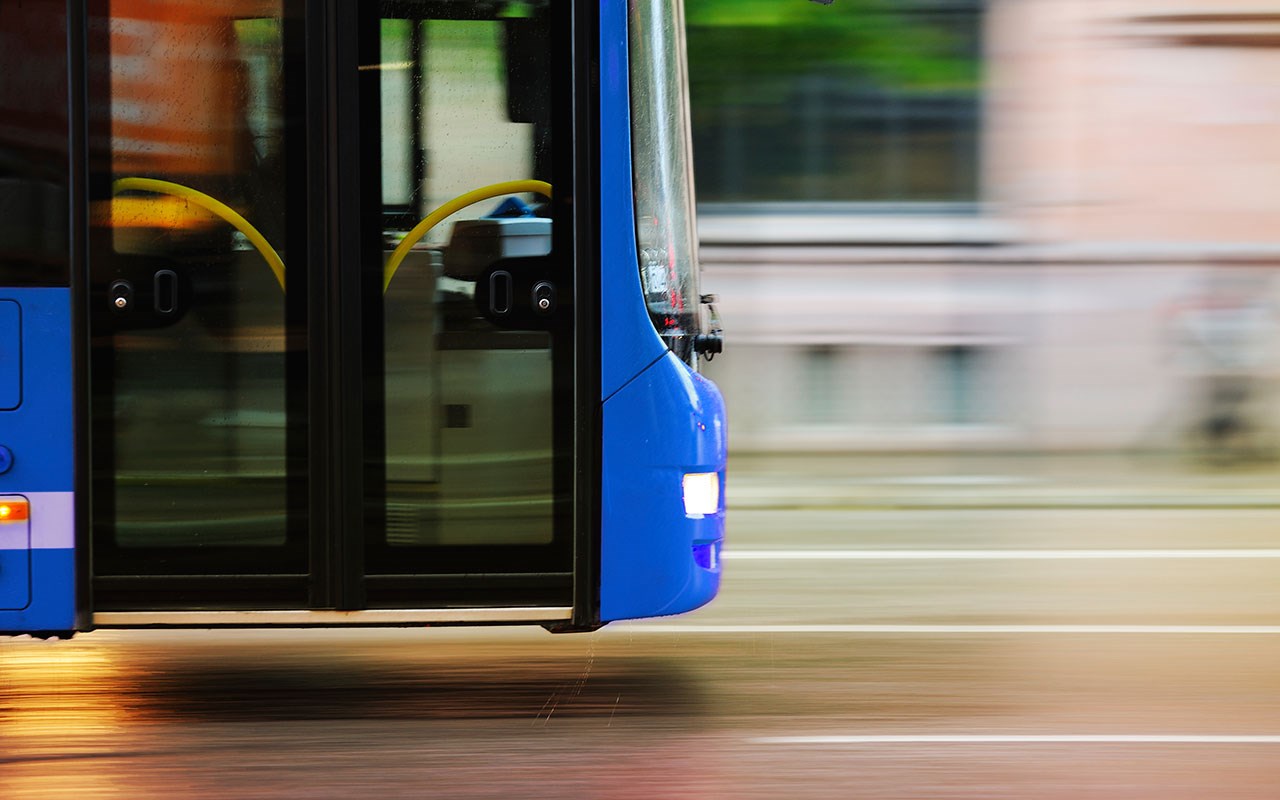
The Outokumpu Tornio Research Center in Finland recently undertook a project to beef up one of its grades, Moda 410L/4003, for the specific requirements of bus frames. Namely, the steel had to hold up well – for years, in fact – against extreme temperature fluctuations and corrosion. It also had to be strong enough to protect passengers in the event of dangerous impact.
Moda 410L/4003 is a ferritic steel grade containing 12% chrome and only a small amount of nickel. It is mechanically and chemically strong compared to other grades with a similar mix. To make it better suited for the task at hand, Outokumpu’s experts zeroed in on the aspects of Moda 410L/4003 that they wanted to alter.
“We specifically targeted strength and toughness of the stainless and welds, along with those welded seams that are not susceptible to intergranular corrosion,” explains research engineer Janne Koskenniska, a member of the project team.
In for the long haul
For the end user of a bus, safety and long-term maintenance costs are key considerations. Both of these can be made more complicated by harsh conditions such as an arctic climate and corrosion caused by de-icing salt. One of the most important advantages of Moda 410L/4003 is its toughness even at low temperatures. Passengers are secure even in older buses, since the properties of the steel do not change during the lifecycle of the bus.
The grade’s high corrosion resistance also means that it requires virtually no maintenance. “Bus company operators do not want to repeatedly paint or perform repair welding during the planned lifecycle of the body, which may be 15 to 25 years in the case of buses. Moda 410L/4003 easily meets this requirement. A rough estimate is that the corrosion resistance is one hundred times better than that of regular structural steel,” Koskenniska says. To top it off, he points out, the stainless steel parts of the bus can be fully recycled when the vehicle finally reaches the end of its life span.
A honk and a wave from manufacturers
When carrying out this optimization project, Outokumpu’s aim was to create a material that not only meets all customer requirements, but also pulls ahead of competing products in some areas. As a result, Moda 410L/4003 is better than its rivals in terms of both impact toughness and uniform quality. The latter property, which refers to straightness, flatness and thickness accuracy, comes from the product’s 2E-type finish. Uniform quality is highly important for manufacturers as it affects the ease and speed of their production process.
“Uniform quality of the 2E products manufactured at the RAP line in Tornio and their precise thickness, in particular, has been praised by producers of tubular products. Manufacturers who use Outokumpu’s 2E get a clear advantage: they can operate their production lines at a steady speed without interruptions because 2E is so well within the thickness tolerances. The difference in thickness of the middle and edge of the strip is very small,” Koskenniska explains. Manufacturers are also satisfied with the price stability of Moda 410L/4003. Its low nickel content makes it far less sensitive to fluctuations in the global market prices of metals.
